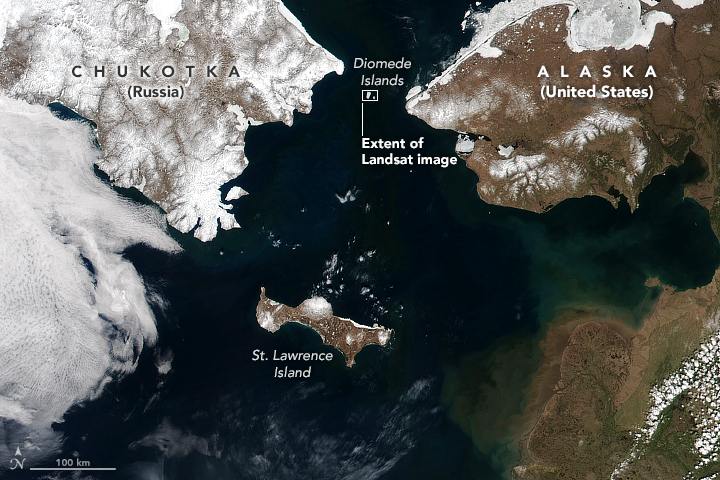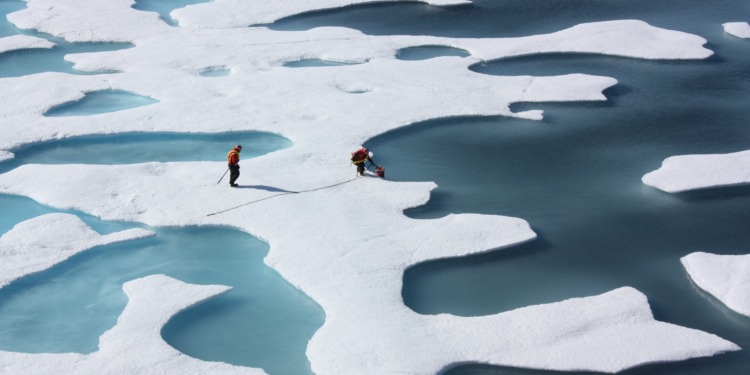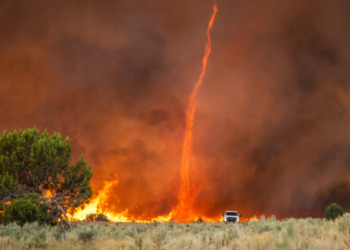The geography of the Arctic matters more now than ever before. As global warming melts the permafrost and redefines the northern landscape, geopolitical tensions have been mounting between the United States and the increasing Russian and Chinese presence in the region.
The once peaceful high-north-low-tension Arctic is now of great geostrategic importance, and in an effort to protect the Northern Hemisphere from escalating economic and geopolitical threat in the region, The United States has announced the impending appointment of the first Arctic ambassador in US history.
The Office of the Secretary of State has said the senate-approved ambassador will take the place of the existing Arctic coordinator, Jim DeHart, continuing promotion of scientific research, climate-related efforts, and cooperation with the Arctic Council and Indigenous governments of the High North, whilst also protecting US national security and economic interests in the region.
— USArctic (@us_arctic) August 26, 2022
NATO Chief Jens Stoltenberg marked the announcement with a recent trip to military bases in the Canadian Arctic with Prime Minister Justin Trudeau, “to underline the region’s strategic importance for Euro-Atlantic security,” explained Stoltenberg in a recently published article.
Wrapping up an excellent visit to #Canada, which makes key contributions to #NATO & to international security. Thank you for all you do, including strong support to #Ukraine, leading our multinational forces in Latvia, and increasing our awareness of evolving #Arctic challenges. pic.twitter.com/nBowP07FUk
— Jens Stoltenberg (@jensstoltenberg) August 26, 2022
“NATO has a clear interest in preserving security, stability and co-operation in the High North,” stated Stoltenberg, mentioning how Russia is scaling up its military activity and China is expanding its reach into the region.
“The shortest path to North America for Russian missiles or bombers would be over the North Pole,” stated Stoltenberg, adding: “This makes NORAD’s role vital for North America and for NATO.”
Related Articles: Scramble for the Arctic: Is World War III Next? | The Arctic Is Warming 4 Times Faster Than Rest of the World – and More Quickly Than Previously Thought | Arctic Summer Sea Ice Could Disappear As Soon As 2035 |The Effects of Arctic Warming on Indigenous Communities
In fact, at the Arctic sea-Pacific ocean gateway Russia and the United States are only a mere 3.8 kilometers apart.
The Arctic sea meeting point of the US and Russia is denoted by the neighboring American “Yesterday” and Russian “Tomorrow” Diomede islands. These islands are separated by several invisible lines: the International Date Line, the Soviet-era so-called “ice curtain,” and the top of two Arctic shipping lanes: the Northern Sea Route and Northwest Passage.

“This is unlocking opportunities for shipping routes, natural resources and economic development,” states Stoltenberg, adding: “But it also raises the risk of tensions.”
As global warming continues to reshape the Arctic landscape, previously impenetrable parts of these shipping lanes will become more navigable, providing shortcuts for Eurasian trade routes and access to 22% of the earth’s untapped natural resources.
Stoltenberg outlined how Russia has significantly increased its military activity in the region, building Soviet-era military bases and weaponizing its Northern Fleet.
Similarly (despite being nearly 900 miles away geographically), Stoltenberg also outlined how China has declared itself as a “near-Arctic state,” is planning a “Polar Silk Road,” is bolstering its navy, and investing in energy infrastructure and research in the region.
There has been much debate amongst the 7 nations of the Arctic Council as to who these sea lanes rightfully belong to, and up until now, both the U.S. and Russia when in the Council Chair have historically pledged to promote peaceful cooperation in the region.
NATO is now increasing presence and vigilance in the High North to defend and ensure security in the region.
“With strength and unity, we will continue to deter aggression, protect our values and interests, and keep our people safe,” states Stoltenberg.
— —
Correction: This article has been significantly reworked and amended since publication to clarify all sections on Russia and China’s intentions and activity in the Arctic to avoid any potential misunderstanding or unfair assumption.
Editor’s Note: The opinions expressed here by the authors are their own, not those of Impakter.com — In the Featured Photo: Aerial view of US Coast Guard on Arctic sea ice. Featured Photo Credit: NASA Image and Video Library.










